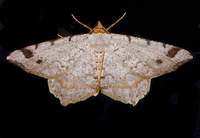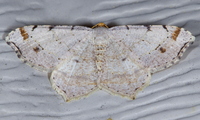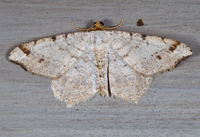
| Recorded by: Jim Petranka on 2025-11-21
Madison Co.
Comment: | 
| Recorded by: Jim Petranka on 2025-11-21
Madison Co.
Comment: |

| Recorded by: Jim Petranka, Marilyn Westphal and Becky Elkin. on 2025-08-17
Henderson Co.
Comment: | 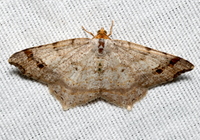
| Recorded by: David George, Kevin Bischof, Rich Teper, Patrick Coin on 2025-08-16
Transylvania Co.
Comment: |

| Recorded by: Mark Basinger on 2025-08-15
Ashe Co.
Comment: | 
| Recorded by: David George, Kevin Bischof, Rich Teper, Patrick Coin on 2025-08-15
Transylvania Co.
Comment: |
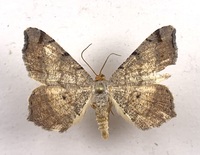
| Recorded by: R. Teper on 2025-05-18
Orange Co.
Comment: | 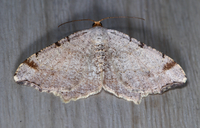
| Recorded by: Jim Petranka on 2025-04-03
Madison Co.
Comment: |

| Recorded by: Jim Petranka on 2025-04-03
Madison Co.
Comment: Female genitalia. | 
| Recorded by: David George, Jeff Niznik on 2024-09-21
Chatham Co.
Comment: |
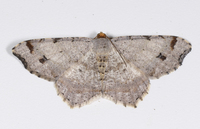
| Recorded by: John Petranka on 2024-09-06
Orange Co.
Comment: | 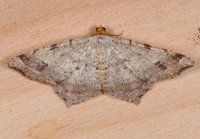
| Recorded by: Jim Petranka and Becky Elkin on 2024-08-27
Madison Co.
Comment: |

| Recorded by: Jim Petranka on 2024-08-19
Madison Co.
Comment: | 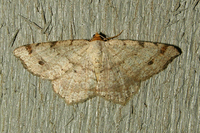
| Recorded by: Owen McConnell on 2024-08-09
Graham Co.
Comment: |

| Recorded by: Jim Petranka on 2024-08-08
Madison Co.
Comment: | 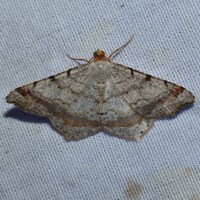
| Recorded by: David George, Jeff Niznik, Kevin Bischof on 2024-08-07
Transylvania Co.
Comment: |

| Recorded by: David George, Jeff Niznik on 2024-08-06
Transylvania Co.
Comment: | 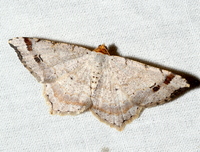
| Recorded by: David George, Jeff Niznik on 2024-08-06
Transylvania Co.
Comment: |
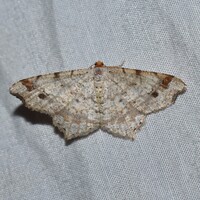
| Recorded by: David George, Jeff Niznik on 2024-08-05
Transylvania Co.
Comment: | 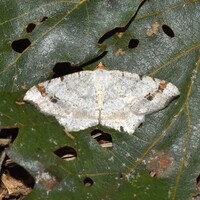
| Recorded by: David George, Jeff Niznik on 2024-08-05
Transylvania Co.
Comment: |

| Recorded by: Mark Basinger on 2024-08-03
Mitchell Co.
Comment: | 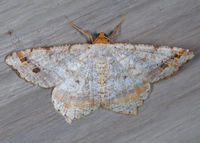
| Recorded by: Jim Petranka on 2024-07-25
Madison Co.
Comment: |

| Recorded by: Jim Petranka on 2024-07-18
Madison Co.
Comment: | 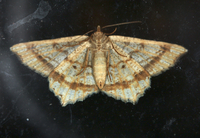
| Recorded by: Jim Petranka on 2024-07-18
Madison Co.
Comment: |
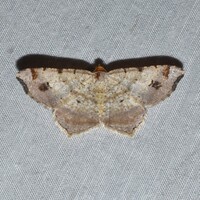
| Recorded by: David George, Jeff Niznik on 2024-07-08
Chatham Co.
Comment: | 
| Recorded by: David George, Jeff Niznik, Stephen Dunn on 2024-06-29
Chatham Co.
Comment: |
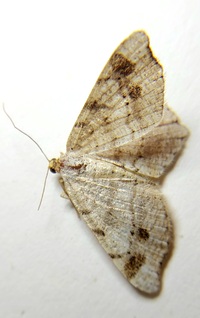
| Recorded by: Mark Basinger on 2024-06-23
Yancey Co.
Comment: | 
| Recorded by: John Petranka on 2024-06-19
Watauga Co.
Comment: |
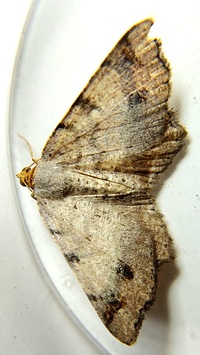
| Recorded by: Mark Basinger on 2024-06-16
Rowan Co.
Comment: | 
| Recorded by: Jim Petranka on 2024-06-13
Madison Co.
Comment: |
|

 »
»

